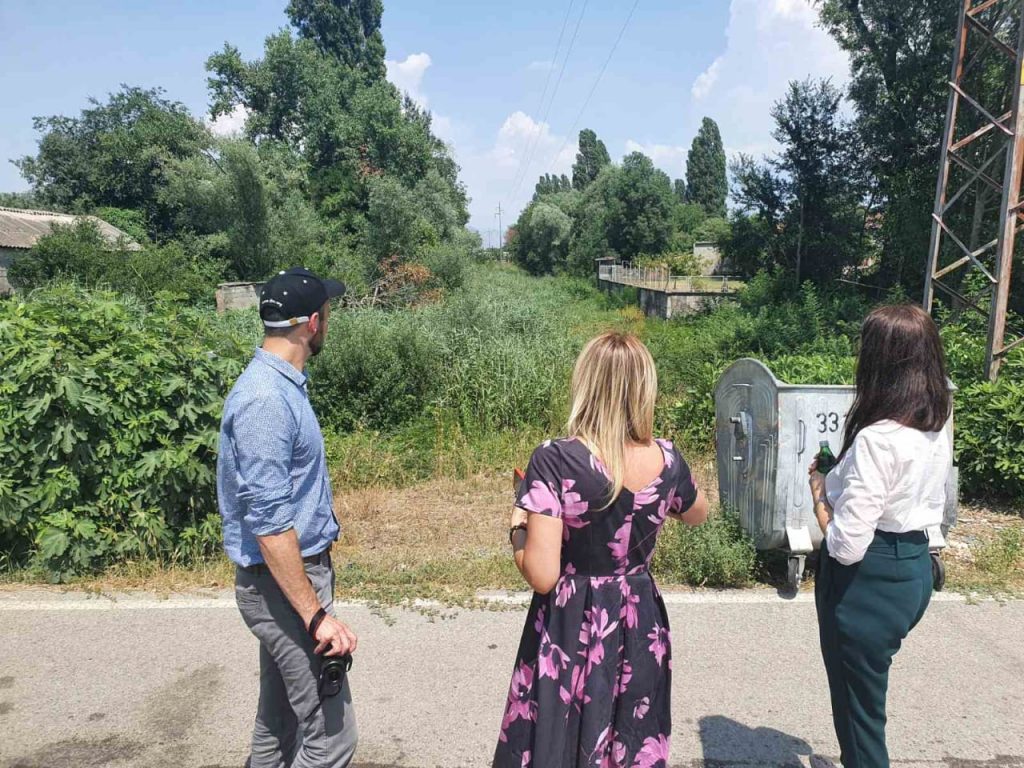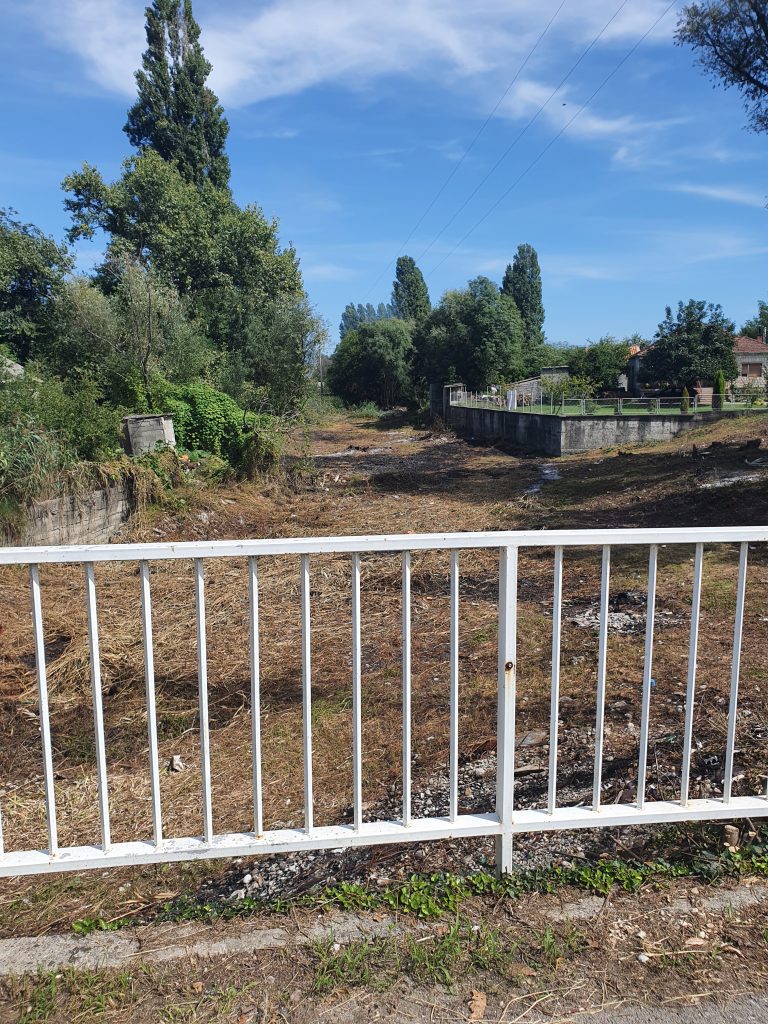Building on the successful cooperation between the Red Cross of Montenegro and the municipality of Golubovci on the repair and construction of a flood protection wall in Ponari community, the two decided to team up again for a more ambitious green and grey infrastructure project in Kurilo and Bistrice.
Renewing a successful partnership
Implementing the Flood Resilience Measurement for Communities (FRMC) in rural communities on the shores of Skadar Lake in Montenegro revealed a complex picture of the flood resilience situation. To address the different entry points for resilience building identified through the FRMC, we advocated with the municipality of Golubovci for investment in a concrete project – the repair and enhancement of a flood protection wall – and then jointly implemented it. This process further strengthened our already trustful and constructive partnership with the municipality, and so they were keen on working with us in a similar way in our other project communities.
An unexpected co-benefit was the increased interest and buy-in among members of the community. In their perception, previous flood risk assessments rarely lead to tangible benefits, but now they saw that the FRMC process was followed by concrete action with positive impacts for their neighbouring community.

Focusing on community priorities
Our conversations with community members and local stakeholders during the FRMC process quickly revealed that the canal running through Bistrice and Kurilo is a key priority for them when it comes to flood resilience. Work on the canal was already identified as an important intervention in the official flood protection and rescue plan, and the climate change adaptation strategy for the capital city of Podgorica, but it was never tackled due to competing priorities and lack of public funding.
The canal supports the drainage of high water from the river Moraca, and thereby protects the communities in the area from floods. However, due to lack of regular maintenance in the last thirty years the canal was in poor condition, and the water flow was blocked by vegetation, debris and waste.
Following the communities’ wish to make the canal functional again, the municipality of Golubovci took the lead regarding the technical aspects of the implementation: preparing the project documentation, engaging a supervisory body for quality control, attaining relevant permits, and most importantly conducting an environmental risk assessment. Through this their financial contribution was about €10,000. We accompanied all activities, and ensured that the community was aware of each step of the process.
During the planning phase, it soon became clear that the overall project would exceed our joint financial and technical capacities. We therefore decided to divide the project into two phases. The first was implemented in partnership with the municipality, and for the second phase we are jointly advocating for an additional €100,000 in support from the national government.
Nature plays its part
Over the summer, we took advantage of the canal being dry to clear it of debris, allowing water to once again flow without obstruction. At the same time, however, some vegetation that had grown along the banks of the canal was left untouched. This is because the environmental risk assessment identified them as beneficial to local biodiversity, and for climate change mitigation. Additionally, they also stabilize the soil along the canal and prevent erosion. Working with nature and intentionally integrating its ecosystem services in flood resilience building is an important shift away from a problematic overreliance on grey infrastructure alone.


What’s next?
Now that the canal has been cleared, we are moving to the next phase of the intervention: the repair and enhancement of the canal, for which we have been advocating the national government for support. Initial conversations were promising, but further advocacy work is needed so that we can implement the second phase in the near future.
In parallel, we are also working with the communities living along the canal to raise their awareness of environmental issues, flood risk and protective actions. Increased knowledge and awareness is not only important to prepare for future floods, but also for the sustainability of this intervention. As it is within their mandate, the municipality will officially be responsible for the maintenance of the canal, but the communities also have a responsibility to keep the canal clear from trash and debris.
Building on this continued successful partnership, the municipality of Golubovi and the Red Cross of Montenegro are exploring further opportunities for collaboration to increase the resilience of other flood-prone communities in the area.
To find out more about the work the Red Cross of Montenegro is doing, visit our country page or read our country brief.

Comments